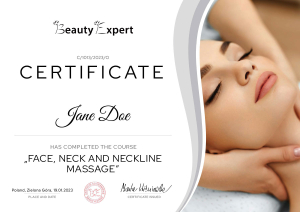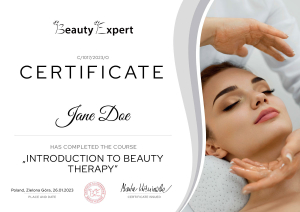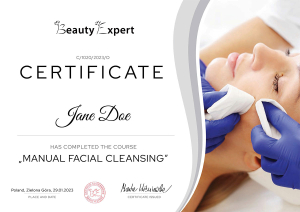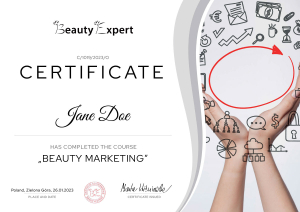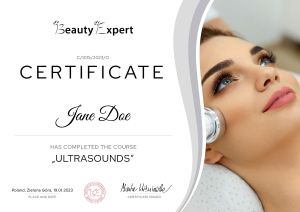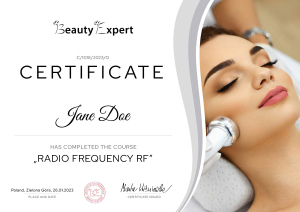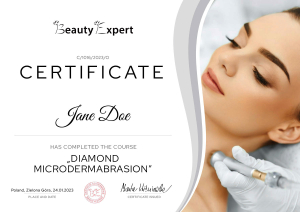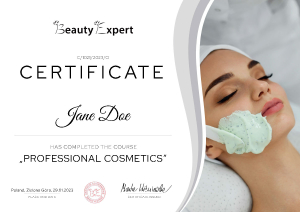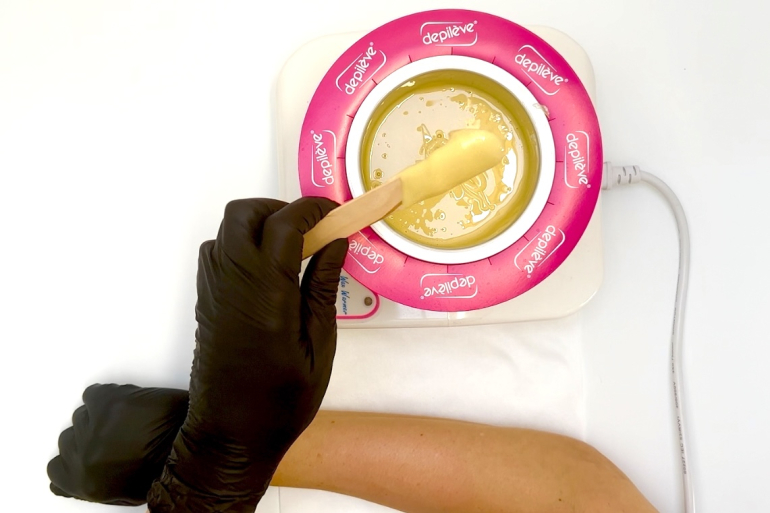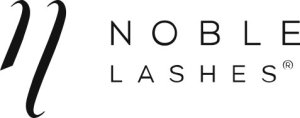If you want to grow your skills at your own pace and truly invest in your future – you’re in the right place. Thousands of students have already chosen Beauty Expert to gain beauty qualifications in their country and abroad. Our online courses now reach over 200 markets worldwide, providing access to modern beauty education – no matter where you live.
Lesson No 6
Diamond Microdermabrasion
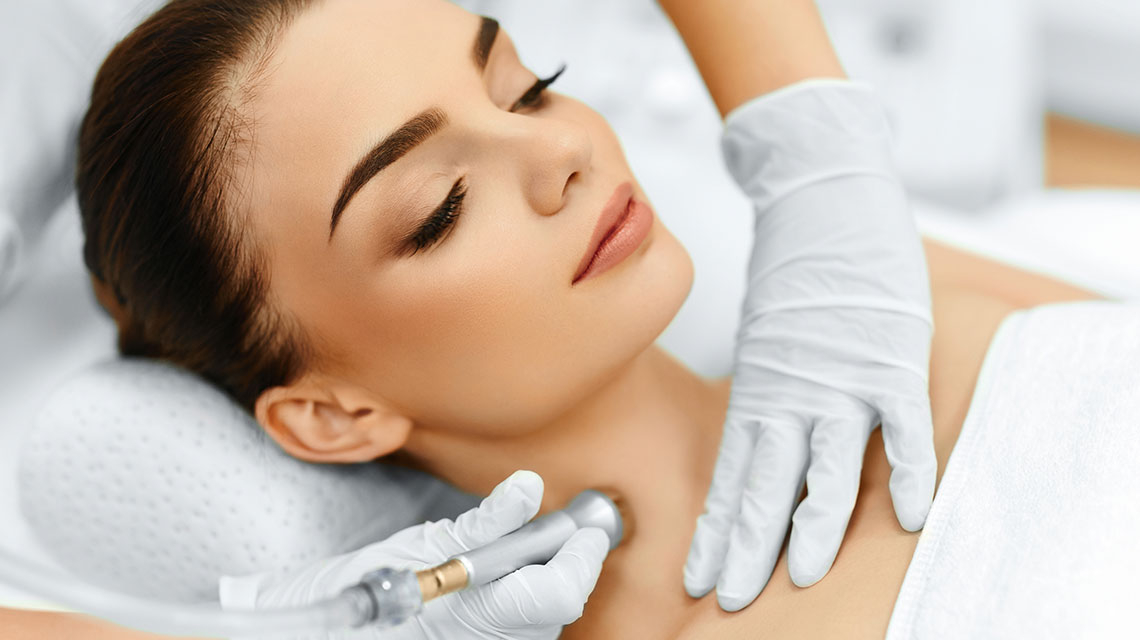
Diamond Microdermabrasion & Oxygen Infusion Lesson
Diamond microdermabrasion and oxygen infusion are mechanical exfoliation methods designed to improve skin texture, tone, and function. In this lesson, you’ll learn how each technique works, their indications and contraindications, and how to treat sensitive and vascular skin. The procedures involve exfoliation using diamond tips or compressed oxygen with saline, with a focus on skin physiology and combination therapy planning.
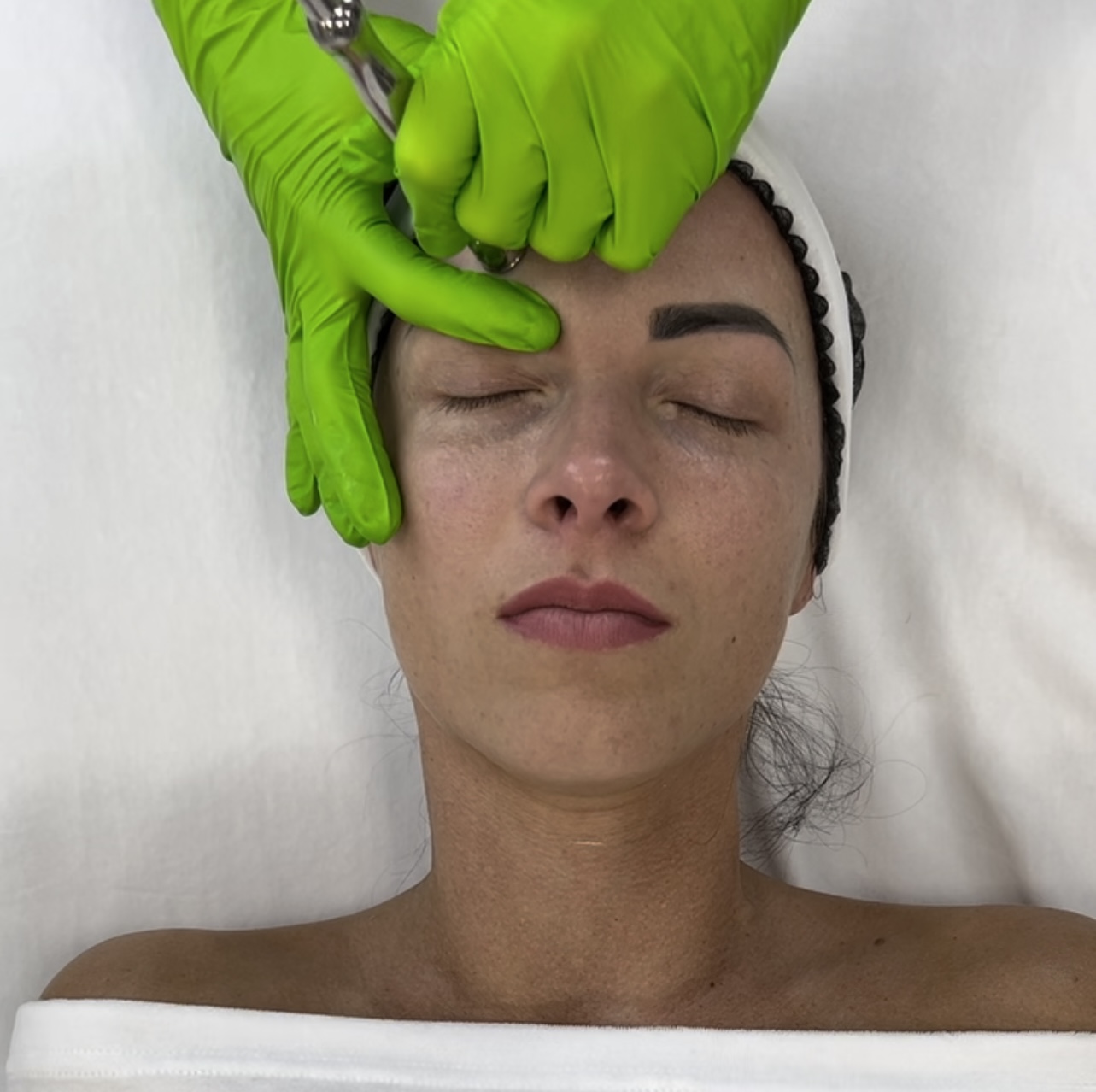
Diamond Microdermabrasion
What you’ll learn – theory
- The role of exfoliation in cosmetology – how it supports skin renewal and prepares the skin for advanced treatments.
- Definition of diamond microdermabrasion – a method of mechanical exfoliation using diamond-coated tips.
- Mechanism of action – how friction removes dead cells and stimulates skin regeneration.
- Treatment effects – smoother skin texture, reduced pigmentation, improved tone, minimized pores, and fine line reduction.
- Types of diamond tips – how to select them based on skin type and treatment area.
- Cell and tissue structure – to understand the skin’s response to mechanical stimulation.
- Facial bone structure – important for maneuvering the tip safely in delicate areas.
- Facial vascular system – to avoid overstimulation in vascular or reactive zones.
- Facial nerve system – to adjust intensity to the client’s sensitivity.
- Facial muscles – and their role in skin structure and treatment planning.
- Skin anatomy – for proper parameter selection and exfoliation depth control.
- Skin conditions – that may contraindicate microdermabrasion.
- Blood-borne diseases – and protection protocols during procedures.
- Hygiene and safety guidelines – disinfection, tip replacement, and client safety.
- Steps of microdermabrasion – from client qualification to treatment completion.
- Contraindications – both absolute and temporary.
- Product selection – based on skin type and treatment goals.
- Skin typing and diagnostics – to choose the right treatment intensity and frequency.
- Client qualification – based on consultation, needs, and contraindications.
- Treatment area setup – proper organization of workspace and tools.
- Required materials – diamond tips, actives, disinfectants, and post-treatment care.
- Step-by-step microdermabrasion procedure – with focus on safety, technique, and results.
- Post-treatment care – home care, sun protection, and skin regeneration.
- Combining microdermabrasion with other procedures – such as chemical peels, ampoules, and masks.
What you’ll learn – practice
- Workstation setup – maintaining cleanliness and hygiene.
- All tools needed – diamond tips, solutions, gauze, gloves, disinfectants.
- Client skin prep – cleansing, disinfection, and diagnostic evaluation.
- Step-by-step microdermabrasion – with attention to technique and client comfort.
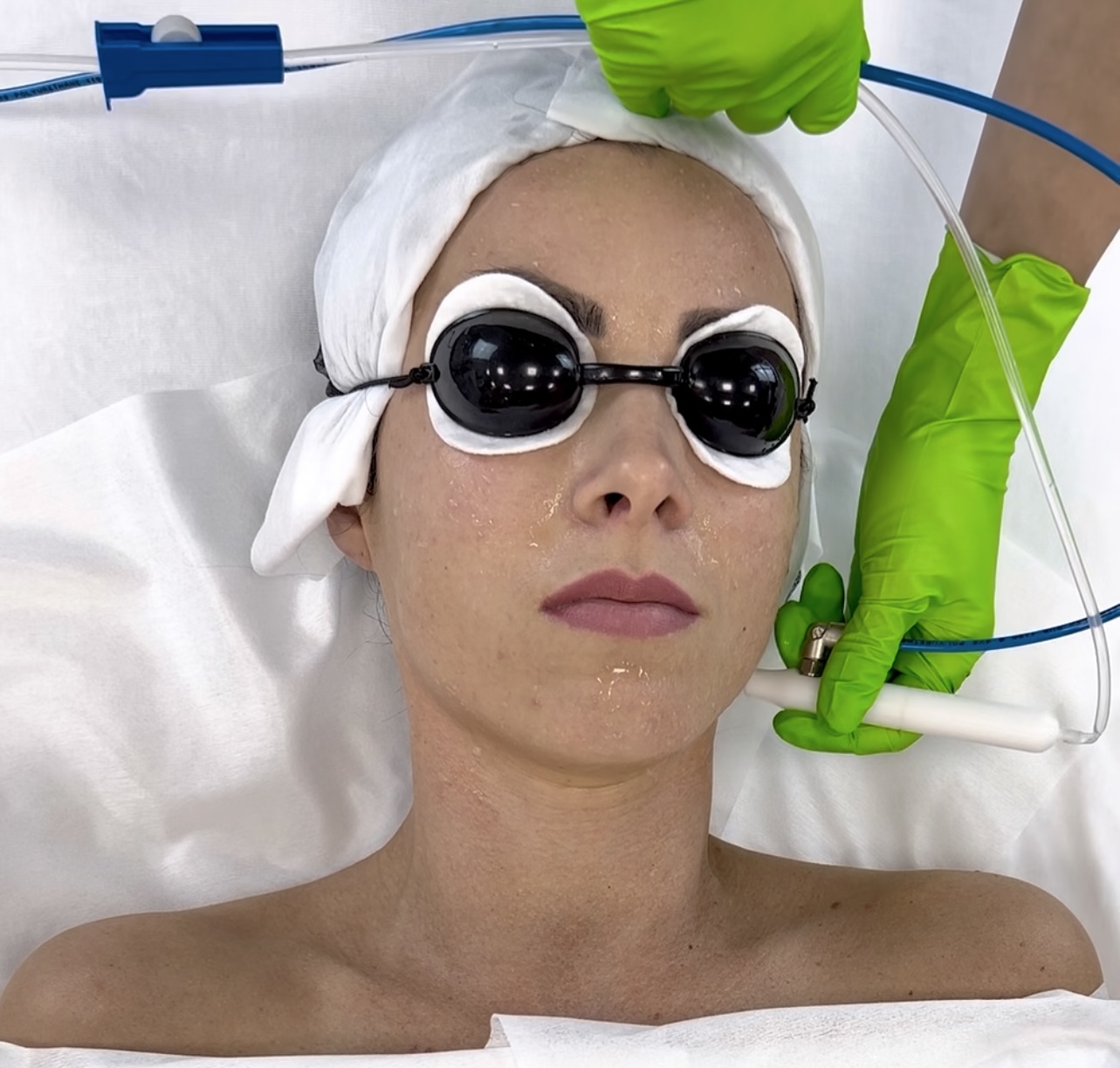
Oxygen infusion
What you’ll learn – theory
- Definition of oxygen infusion – exfoliating the epidermis using saline solution and compressed oxygen.
- Mechanism of action – gentle mechanical exfoliation combined with oxygenation and hydration.
- Effects of oxygen infusion – brighter complexion, refreshed skin, reduced irritation, and inflammation.
- Cell and tissue structure – to understand post-treatment skin regeneration.
- Facial bone structure – helpful for accurate treatment tip movement.
- Facial vascular system – important when treating vascular or sensitive areas.
- Facial nerve structure – to ensure client comfort during the procedure.
- Facial muscles – for understanding skin dynamics and treatment planning.
- Skin anatomy – to determine which layers are affected by oxybrasion.
- Skin conditions – both contraindications and therapeutic uses.
- Product selection for oxygen infusion – including saline solution, ampoules, and calming masks.
- Contraindications – such as infections, highly reactive skin, or acute inflammation.
- Skin typing and diagnostics – to adjust treatment intensity and frequency.
- Client qualification – based on consultation, skin analysis, and client goals.
- Treatment setup – including workspace, devices, and protective items.
- Required products – treatment tips, saline, disposable tools.
- Step-by-step oxybrasion procedure – from skin prep to final care.
- Combining oxygen infusion with other procedures – such as ampoules, masks, massage, or sonophoresis.
What you’ll learn – practice
- Workstation setup – in line with hygiene and ergonomic standards.
- All tools required – saline, treatment tips, gauze, gloves.
- Client skin prep – cleansing, analysis, and protection of sensitive zones.
- Step-by-step oxybrasion – including correct technique and safety protocols.
Get your certificate after every course
After each course or lesson, you can test your knowledge with a quiz and instantly download a certificate in 3 languages. You’ll receive a diploma after completing the school and passing the final exam.


